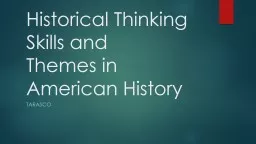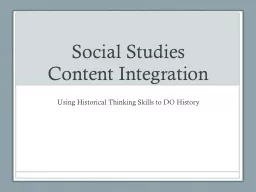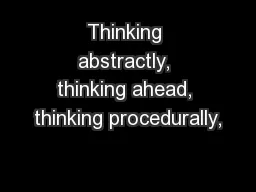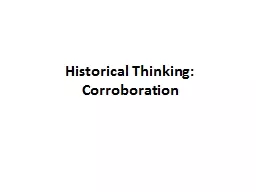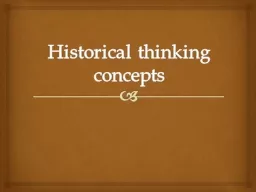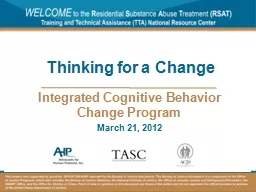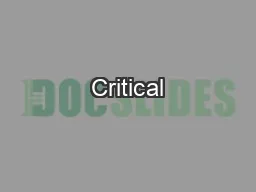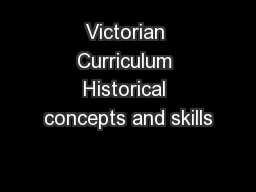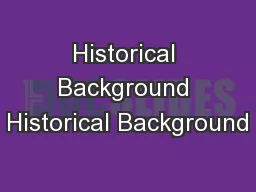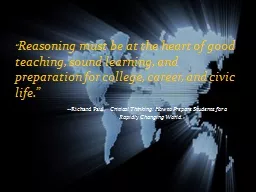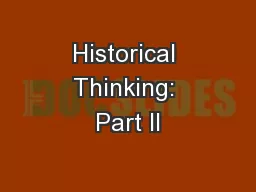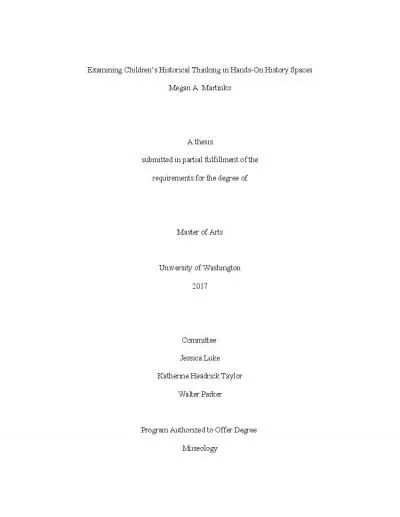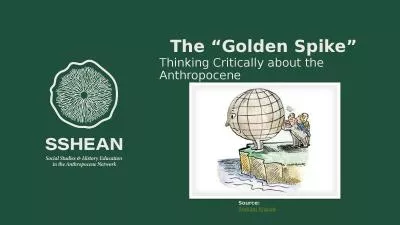PPT-Historical Thinking Skills and
Author : debby-jeon | Published Date : 2017-05-18
Themes in American History 201617 What does the AP Exam Look like Section Questions Type Number of Questions Timing Percentage of Total Exam Score 1 A Multiple
Presentation Embed Code
Download Presentation
Download Presentation The PPT/PDF document "Historical Thinking Skills and" is the property of its rightful owner. Permission is granted to download and print the materials on this website for personal, non-commercial use only, and to display it on your personal computer provided you do not modify the materials and that you retain all copyright notices contained in the materials. By downloading content from our website, you accept the terms of this agreement.
Historical Thinking Skills and: Transcript
Download Rules Of Document
"Historical Thinking Skills and"The content belongs to its owner. You may download and print it for personal use, without modification, and keep all copyright notices. By downloading, you agree to these terms.
Related Documents

